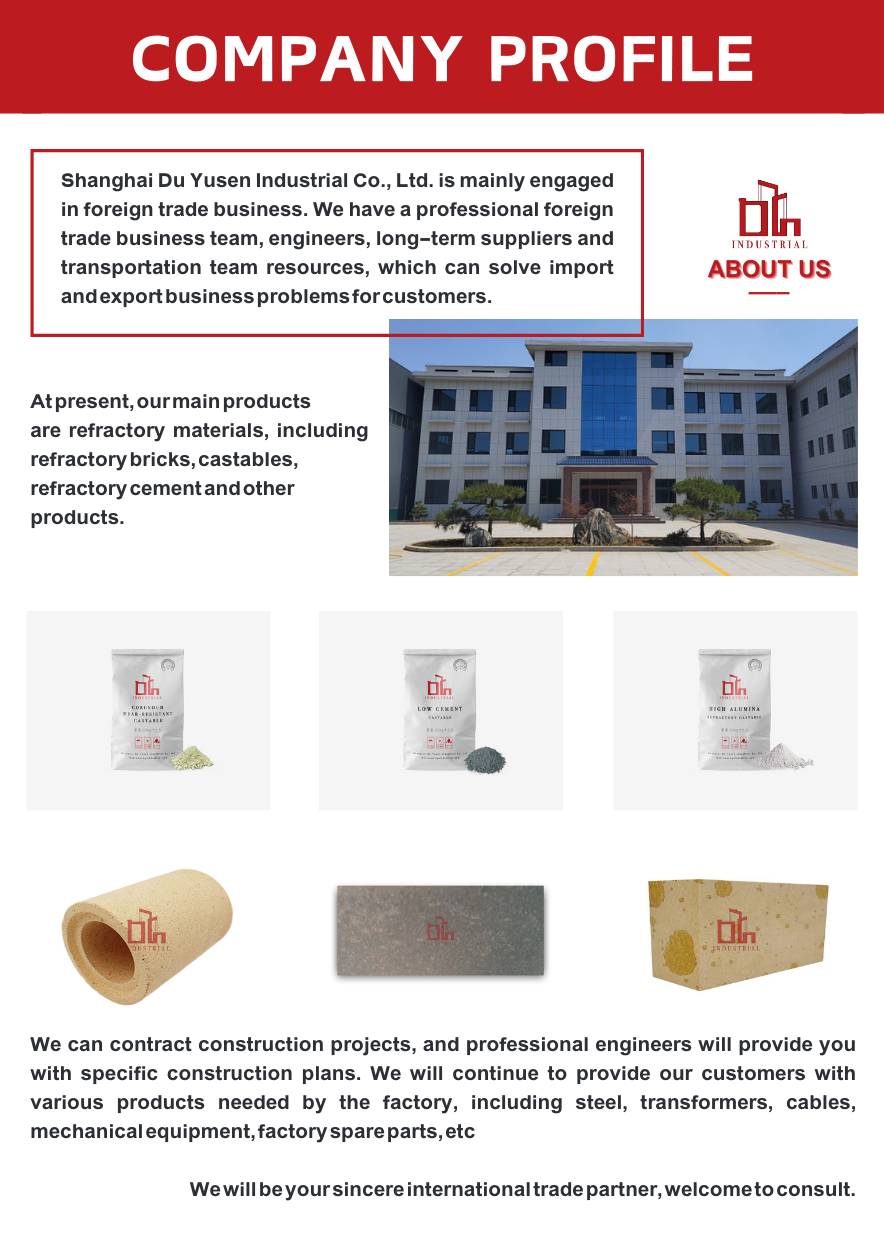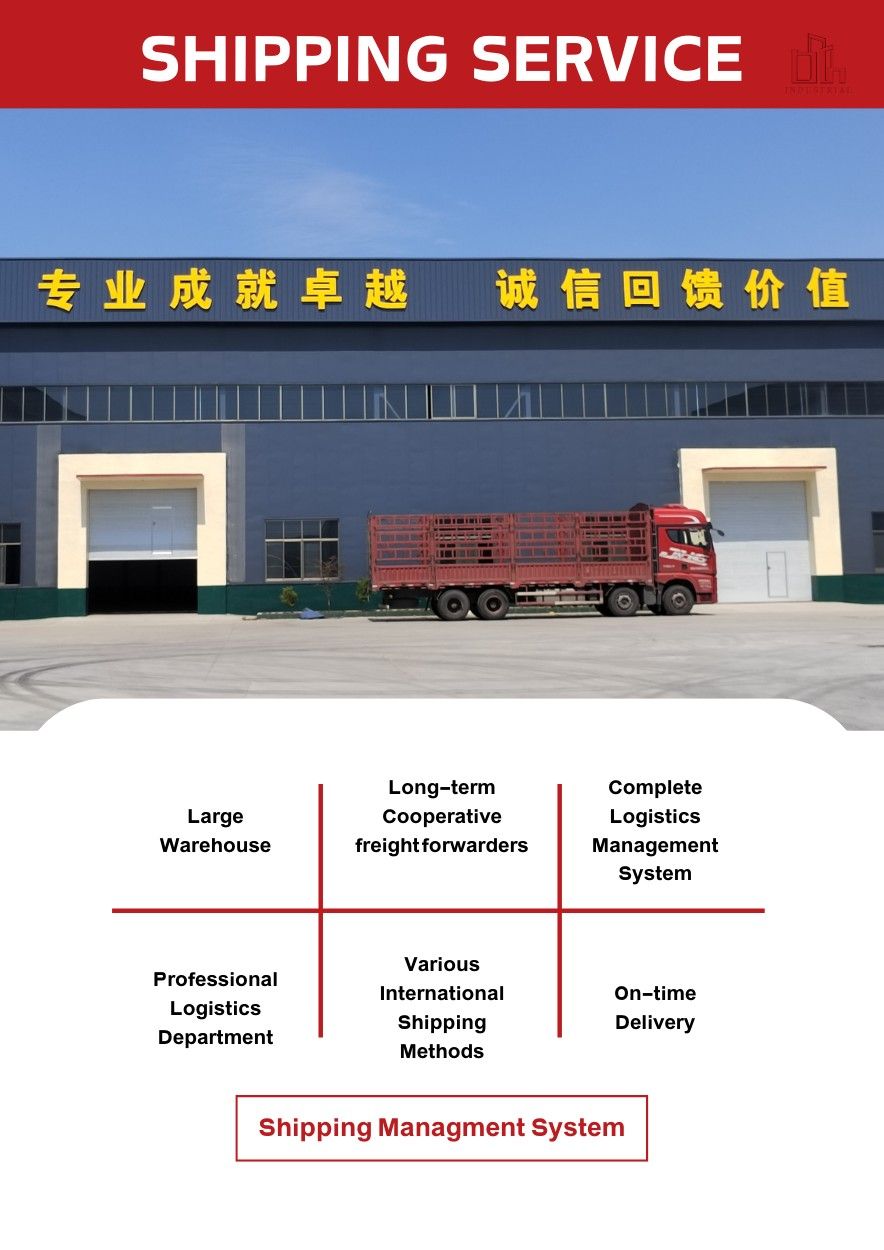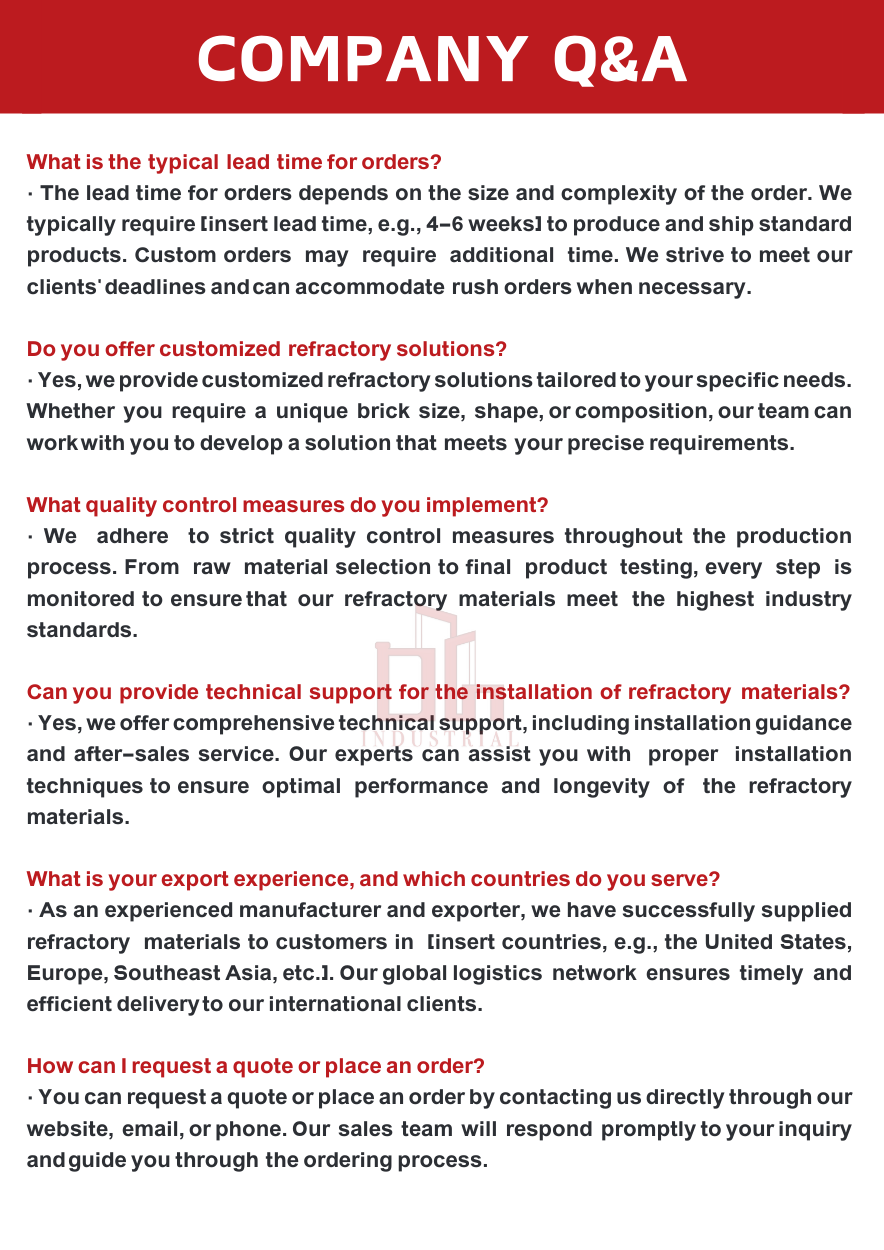Magnesia iron spinel brick is a new generation of alkaline refractory with more technical content. It is mainly used in the firing zone of large dry process cement kiln. The microstructural characteristics of magnesia-aluminum spinel are relatively complex, mainly a combination of magnesia microstructure and iron-aluminum spinel microstructure. The interface between magnesia and iron-aluminum spinel is formed by Mg2+, Al3+, Fe2+ ions. The mutual diffusion and close combination realize the direct combination of materials.
Payment :
In AdvanceProduct Origin :
ChinaShipping Port :
Shanghai PortLead Time :
15 Working daysProduct parameters:
| Type | DYS-MFe-85A | DYS-MFe-85B | DYS-MFe-85C |
| MgO % | 88.5±2.5 | 88.5±2.5 | 88.5±2.5 |
| Al2O3 % | 5.0±1.0 | 5.0±1.0 | 5.0±1.0 |
| Fe2O3 % | 4.0±1.0 | 4.0±1.0 | 4.0±1.0 |
| SiO2 % | 1.5 | 1.8 | 2 |
| Bulk Density (g/cm3) > | 2.95 | 2.93 | 2.9 |
| Apparent Porosity(%) ≤ | 18 | 18 | 18 |
| Cold Crushing Strength (Mpa) > | 60 | 60 | 60 |
| Refractoriness Under Load (T6.0,9) > | 1700 | 1700 | 1700 |
| Thermal Shock Resistance (950℃-Air Cooling) (times) > | 100 | 100 | 100 |
| Thermal Conductivity (W/m.K) | 2.6 | 2.6 | 2.4 |
| Thermal Expansion (1400℃) % | 1.6 | 1.6 | 1.6 |
Magnesia Iron Spinel Brick, also known as magnesia spinel brick, is a type of refractory brick that is composed primarily of magnesium oxide (MgO) iron oxide (Fe2O3). The addition of iron oxide forms a unique spinel phase within the magnesia brick structure, which contributes to its advantageous properties. Here are some of the advantages of using Magnesia Iron Spinel Brick in applications:
High temperature resistance: Magnesia Iron Spinel Brick exhibits excellent resistance to high temperatures, making it suitable for applications where refractory materials are exposed to extreme heat. It can withstand temperatures well above 1,600°C, making it ideal for use in furnaces, kilns, and other high-temperature environments.
Excellent thermal shock resistance: Thermal shock resistance refers to a material's ability to withstand rapid temperature changes without cracking or spalling. Magnesia Iron Spinel Brick has good thermal shock resistance, allowing it to endure rapid heating and cooling cycles without significant damage. This property ensures the longevity and durability of the refractory lining.
Good corrosion resistance: In many industrial processes, refractory materials are exposed to corrosive environments, such as acidic or alkaline conditions. Magnesia Iron Spinel Brick possesses good corrosion resistance, particularly against basic slags and alkaline compounds. This makes it suitable for applications in industries like steelmaking, non-ferrous metal refining, and cement manufacturing.
High mechanical strength: Magnesia Iron Spinel Brick has excellent mechanical strength, enabling it to withstand mechanical stress and load-bearing in various applications. Its strong and dense structure contributes to its longevity and resistance to physical wear and tear.
Lower thermal conductivity: The thermal conductivity of a material determines its ability to transfer heat. Magnesia Iron Spinel Brick has relatively low thermal conductivity, which means it exhibits good thermal insulation properties. This characteristic helps to reduce heat loss in high-temperature processes, leading to improved energy efficiency and cost savings.
Minimal expansion and contraction: When exposed to temperature changes, materials can undergo expansion and contraction, which may lead to thermal stress and structural instability. Magnesia Iron Spinel Brick has a low coefficient of thermal expansion, ensuring minimal dimensional changes under varying temperature conditions. This further enhances its stability and resistance to thermal shocks.
Easy installation and maintenance: Magnesia Iron Spinel Brick is typically offered in pre-shaped bricks or shapes, allowing for easy installation and replacement in refractory linings. Its relatively uniform composition and structure simplify maintenance and repairs, reducing downtime in industrial operations.



Tags :